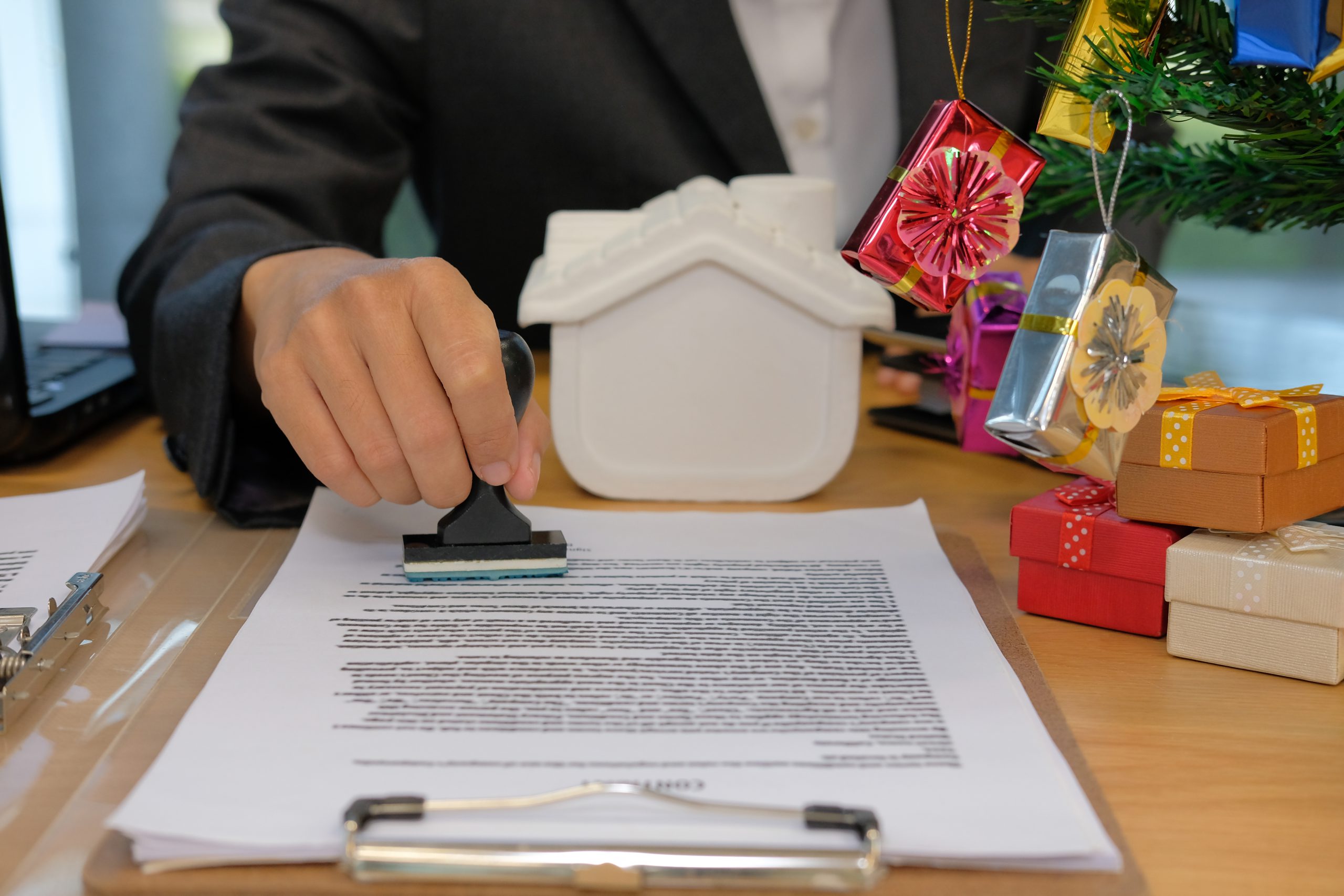
Amid all the fees and charges of a home loan comes stamp duty.
Also called transfer duty, this one-off state and territory government tax levy applies to several everyday situations, such as vehicle registrations and insurance policies.
However, stamp duty is most well known for its application to property purchases, including holiday homes, investment property and vacant land.
With the high tax levy being a very significant upfront cost for buyers, it is unsurprisingly one of the most disliked government charges in the country.
Stamp duty fees are largely based on a property’s market value or sale price with the final figure usually amounting to around 3% to 5% of this figure.
Thus, a more expensive property will incur a higher stamp duty charge.
Buyers of a $500,000 property can be charged a stamp duty fee of around $15,000 to $25,000 with homes worth $1 million or more incurring a $30,000-$40,000 charge.
Stamp duty is also based on a property’s state or territory location, with governments using various rates and price brackets to calculate this tax, also taking into consideration its purpose as a primary residence or an investment.
Either way, buyers should check how their local state and territory calculates stamp duty and be prepared to pay this tax on settlement day, when conveyancers will process the final calculations on this charge.
Stamp duty is also not tax deductible and the levy generally can’t be added to a home loan.
However, in some good news for home buyers, some people such as first-home buyers and pensioners may be exempt from paying stamp duty.
